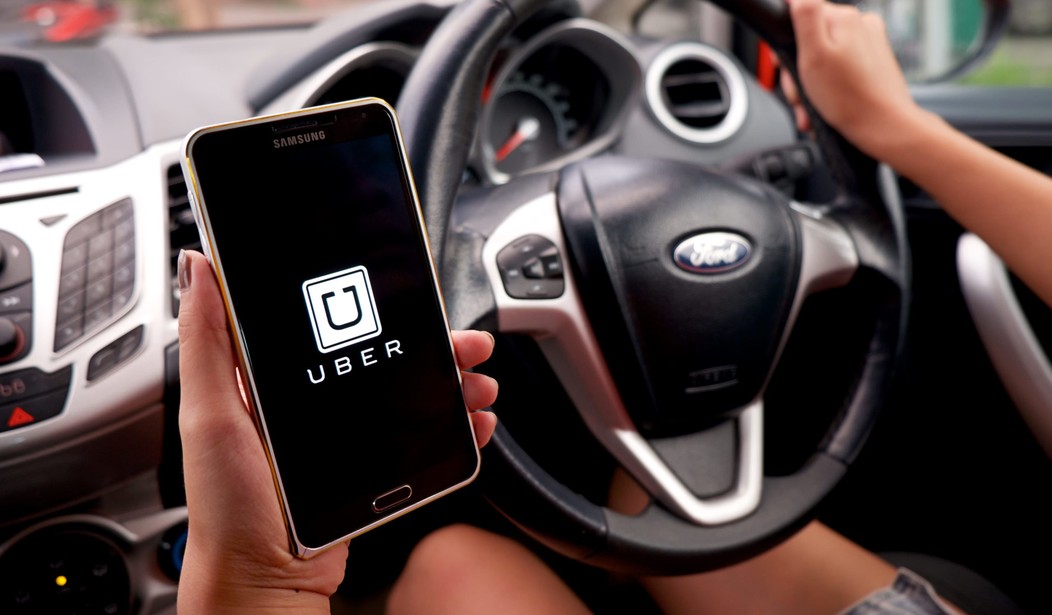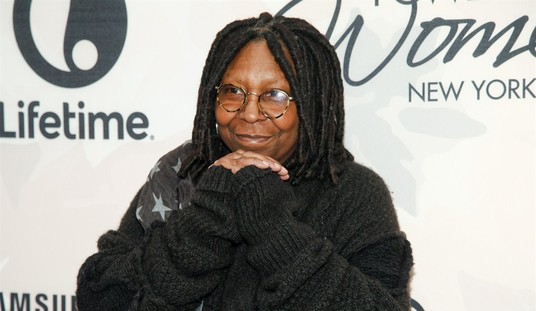A cautionary tale, hopefully.
This is a detailed, well-written analysis of the impact of Austin’s Prop 1 folly, and worth the read. Here are the “shot” and “chaser” portions for you if you’re pressed for time (italics added):
In the startup community, I think it can be easy to overlook how difficult finding a well-paying, flexible job for most people can be. I’ve even seen people refer to the Prop 1 aftermath as “first-world problems.” This issue is not just about finding a faster, cheaper way to get to the airport. It’s about the financial impact on real people. Over half of American children receive free or subsidized lunches and 22% of American children live BELOW the poverty line. According to a heartbreaking article from CultureMap Austin, Austin now has the 8th fastest-growing poverty rate in the country, with over 230,000 locals were considered to be living in poverty.
Uber and Lyft offer many people a chance to earn money they desperately need to make ends meet. Note that in the requirements to become an Uber driver, although you need a safe vehicle, insurance, a clean driving record and no criminal history, there are no educational requirements. This is important. 68% of Americans do NOT have a college degree but more and more jobs now require one. Compare the Uber driver requirements with those of a Testing Assistant at Austin Community College, where you’ll need at least a high school diploma and preferably an associate’s degree. The hours are not flexible, and the pay is $10.75 per hour. For most Americans, every dollar counts.
And…
If we estimate the total wages earned by part-time Uber and Lyft drivers in 2015 using the numbers above — 10k drivers in Austin multiplied by 60% part-time drivers, multiplied by 5 hours per week (as the only data I have says 60% of drivers work less than 10 hours per week, I‘m using this as a safe estimate), multiplied by $19 per hour — that’s $29 million in part-time yearly earnings alone that will no longer be fed right back into the local economy in the form of income, spending, and taxes.
In addition, Uber and Lyft agreed to pay an additional 1% of revenue earned in Austin to the city. In Uber’s first year in Austin, they conducted 2.5 million rides. Uber’s minimum fare is $5.30. The 1% revenue fee paid to the city of Austin for Uber each year alone, would be significant.
In terms of real impact on real people, the above information would be bad enough for Austin. There is more, though.
Austin has been trying to position itself as a great option for tech startups that can’t get a foothold in the increasingly expensive Bay Area in California. Running Uber and Lyft out of town makes the city look more Colonial Williamsburg than cutting edge. Startup expert Paul Graham had a few harsh tweets directed at Austin over the weekend:
As Uber and Lyft become the default, cities without it seem backward. https://t.co/w5op5llHfM
— Paul Graham (@paulg) May 15, 2016
My first reaction to the idea of visiting Austin is “How would I get around?” — Paul Graham (@paulg) May 15, 2016
Regulation chokes the life out of businesses and communities (see: Obama’s EPA and coal-dependent areas of West Virginia). Sure, some regulation is occasionally necessary, but too many state and local governments dominated by Democrats (Austin is the bluest part of Texas) let it run amok.
Uber and Lyft provide not only employment opportunities, but a service that can make the roads safer. In the past few years I’ve met scores of people who wouldn’t dream of getting in a taxicab but regularly take Uber or Lyft if they are planning on going out for a few drinks. It’s economical, and thanks to the apps, simple. I took a Lyft from West Los Angeles to downtown on Sunday and it cost me less than forty dollars for the round trip. That same trip in a cab would have been almost $50 one way (I’m a veteran L.A. cab passenger as well).
The anti-sharing economy fever is really about government power, which is why in the end so many people end up miserable.










Join the conversation as a VIP Member